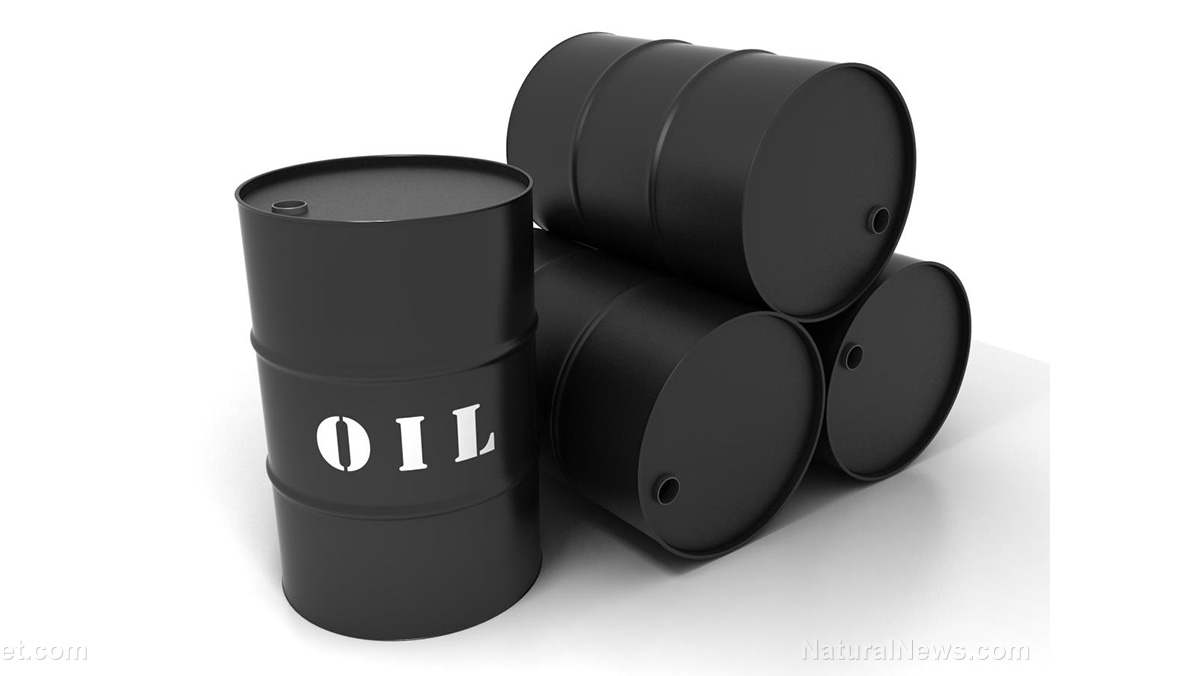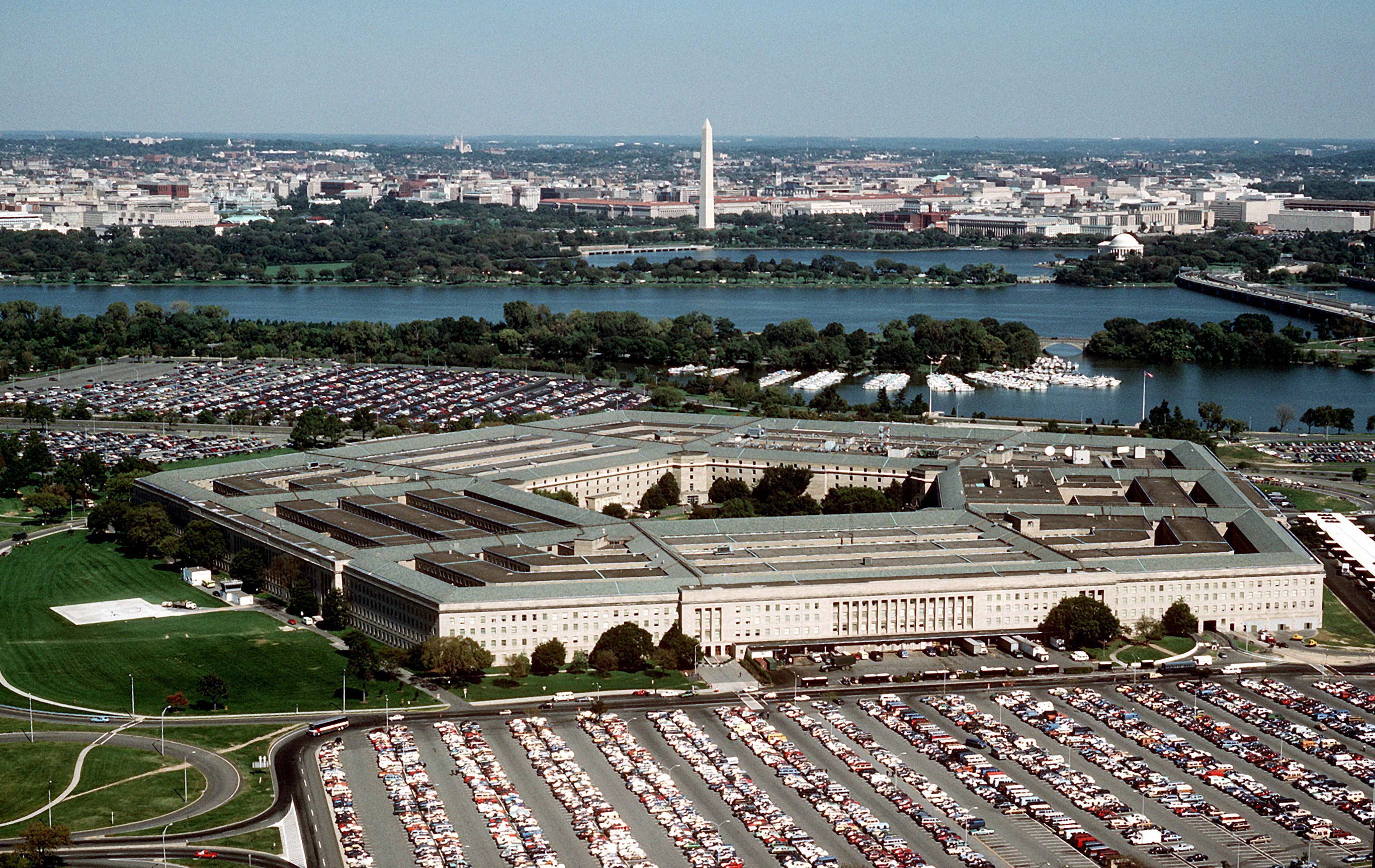 Parler
Parler Gab
Gab
- The Trump administration is initiating the purchase of 1 million barrels of crude oil to begin refilling the severely depleted Strategic Petroleum Reserve.
- The SPR, a national security asset designed for supply emergencies, is currently only about 60 percent full following historic drawdowns in recent years.
- The administration is acting as global oil prices hit multi-year lows, creating a favorable buying opportunity to strengthen energy security.
- However, the effort faces significant financial and logistical hurdles, with limited congressionally-appropriated funds available for the multi-billion-dollar refill process.
- The situation highlights long-standing concerns over the political misuse of the SPR for non-emergency purposes, leaving taxpayers to cover the cost of restoration.
The anatomy of a drawdown
The Strategic Petroleum Reserve, a network of massive salt caverns along the Gulf Coast, was established by Congress in 1975 in direct response to the oil embargo of 1973. Its singular purpose was to serve as a national insurance policy against severe energy supply disruptions that could threaten the economy or national security. For decades, it functioned as intended, with drawdowns typically reserved for genuine crises like Operation Desert Storm or major hurricanes. However, its role has increasingly been politicized. In recent years, both Congress and the executive branch have tapped the reserve for reasons beyond acute emergencies. Legislators repeatedly mandated sales to use the revenue as budgetary “offsets” for new spending, a practice that generated an estimated $18.3 billion for the treasury through 2025 but severely weakened the reserve. This was compounded by the Biden administration’s historic release of 180 million barrels in 2022 following Russia’s invasion of Ukraine, a move that, while addressing a global crisis, drew down the reserve to its lowest level since 1984.The high cost of depletion
The cumulative effect of these drawdowns has left the SPR in a precarious state. From a peak of 695 million barrels in 2017, the reserve now holds approximately 408 million barrels—just 60% of its 714-million-barrel capacity. The Department of Energy now estimates that refilling the reserve to near-full capacity will cost approximately $20 billion over several years, a price tag that exceeds the revenues Congress raised from the previous sales. Furthermore, the agency has warned that the rapid and extensive drawdowns caused structural strain, requiring an additional 100 million in repairs to the aging cavern infrastructure. This financial reality means American taxpayers are effectively paying twice: first, through the diminished security of a depleted emergency asset, and second, through the massive appropriation needed to refill it.A window of opportunity
The current market conditions, however, present a strategic opening. West Texas Intermediate crude, the U.S. benchmark, has fallen about 30 percent from its January peak, trading near $58 a barrel—its lowest level since 2021. This price drop, driven by reports of global supply outpacing demand, makes the timing opportune for the government to purchase oil. The administration’s initial purchase of 1 million barrels, with deliveries scheduled for December and January, will be funded by a portion of the 171 million allocated for crude purchases in recent legislation. Yet, this funding is a drop in the proverbial bucket; at current prices, the entire $171 million would only buy roughly 3 million barrels, highlighting the immense scale of the financial commitment required for a full restoration. Energy Secretary Chris Wright has acknowledged the process “won’t be complete overnight,” but framed the action as a critical first step.The path forward: Reform and restoration
Beyond simply buying oil, a sustainable solution requires reforming how the SPR is managed to prevent future political abuse. Policy experts advocate for several key changes to ensure the reserve is preserved for genuine emergencies and refilled in a cost-effective manner.- Canceling the roughly 100 million barrels of congressionally mandated sales still scheduled through 2031 would be the most direct way to halt its use as a budgetary tool.
- Complementary measures, such as streamlining energy project permitting and repealing the Jones Act—a 1920s-era maritime law that inflates domestic shipping costs—could lower the overall expense of transporting and storing oil for the reserve.
- Modernizing the SPR’s infrastructure, including potentially leasing unused cavern space to private operators, could generate revenue to offset maintenance costs.
Securing a vital National Asset
The decision to begin replenishing the Strategic Petroleum Reserve underscores its enduring role as a cornerstone of American energy security. The current administration’s move to buy low is a tactically sound start to a much larger project—one that seeks to rectify what critics see as the short-sighted politicization of a vital national asset. The daunting price tag and logistical challenges serve as a stark reminder that using the SPR for non-emergency purposes carries long-term consequences. As the refill process begins, the broader lesson is clear: preserving the reserve for true supply emergencies is not just a matter of energy policy, but a fundamental requirement for national and economic security in an unpredictable world. Sources for this article include: WattsUpWithThat.com WorldOil.com AR15.com NTU.orgWind energy costs surge under Trump policies, raising concerns over affordability
By Belle Carter // Share
Nvidia shatters records as first $5 trillion company amid AI boom, but bubble fears loom
By Kevin Hughes // Share
Poll: Majority of Palestinians oppose Hamas disarmament, skeptical of Trump’s Gaza plan
By Belle Carter // Share
Somali Airlines set to return after 30 years amid security concerns and regional tensions
By Belle Carter // Share
Trump and Xi strike a tentative truce in an economic cold war
By Willow Tohi // Share
Governments continue to obscure COVID-19 vaccine data amid rising concerns over excess deaths
By patricklewis // Share
Tech giant Microsoft backs EXTINCTION with its support of carbon capture programs
By ramontomeydw // Share
Germany to resume arms exports to Israel despite repeated ceasefire violations
By isabelle // Share










